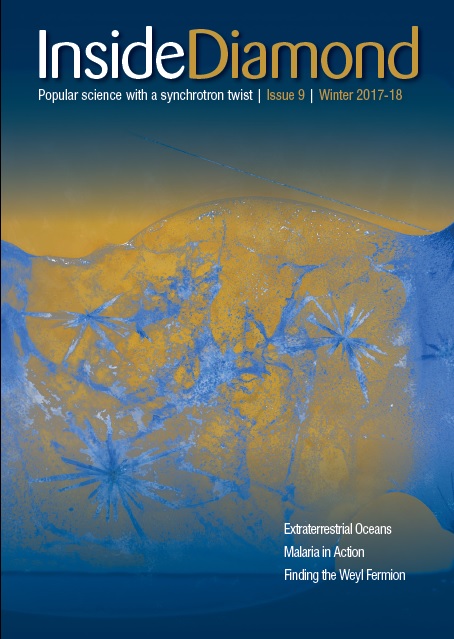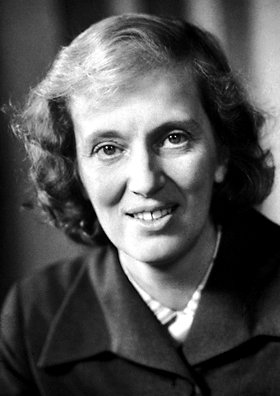But together with her supervisor, the ingenious J. D. Bernal, Hodgkin resolved to apply the novel technique to their pepsin sample. The experiment proved successful, and within the year the team held in their hands an X-ray photograph of pepsin.
Hodgkin and Bernal’s gamble had paid off. They had the pepsin diffraction pattern, but they also had much more than that. The pair had decisively proven that X-ray crystallography could be applied to biological proteins, and that it could ultimately help scientists to uncover their atomic structure. In doing they had launched into groundbreaking scientific terrain.
A revolution for public health
The field of protein crystallography was born. From here, scientists would go on to use the technique to study a huge number of biological substances, from viruses to vitamins. And the decades that followed saw one extraordinary discovery after another, as the powerful technique was embraced by scientists around the world.
In 1964, Hodgkin achieved another first, becoming the only British woman ever to win a Nobel prize for science. The award for Chemistry was bestowed in recognition of Hodgkin’s “determinations by X-ray techniques of the structures of important biochemical substances."
The accolade couldn’t have been more deserved. Over the course of her lifetime, Hodgkin would unravel the atomic structures of, amongst others, cholesterol, penicillin, vitamin B12, and insulin. Her work on insulin, in particular, took 35 years to complete and has underpinned vital therapies for diabetes.
The insights Hodgkin revealed into biochemistry helped to support many improvements in public health and medicine.
More than 120,000 protein structures have now been solved, and protein crystallography is still very much in use today. But we’ve come a long way since the days of Hodgkin and her peers.
Using the X-ray light produced at synchrotrons, it’s now possible for scientists to determine atomic structure more quickly than ever before. In fact, the work on insulin that took 35 years to complete could now be done in a single hour.
But none of this would have been possible were it not for the tireless efforts of Dorothy Crowfoot Hodgkin and her peers at the forefront of X-ray crystallography.
In science, we are always standing on the shoulders of giants. Thanks to Hodgkin and others like her, we can now study the atoms and molecules that allow living organisms to function, helping us to fight disease and save lives.
Hodgkin revealed the complex beauty and significance of a world that remains out of sight for most of us. And in doing so, she helped scientists everywhere to venture into the unknown and explore the very stuff that life is made of.


